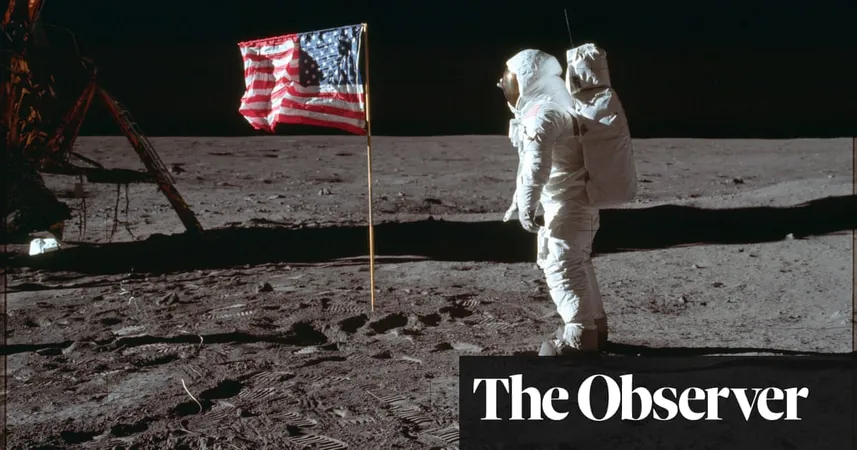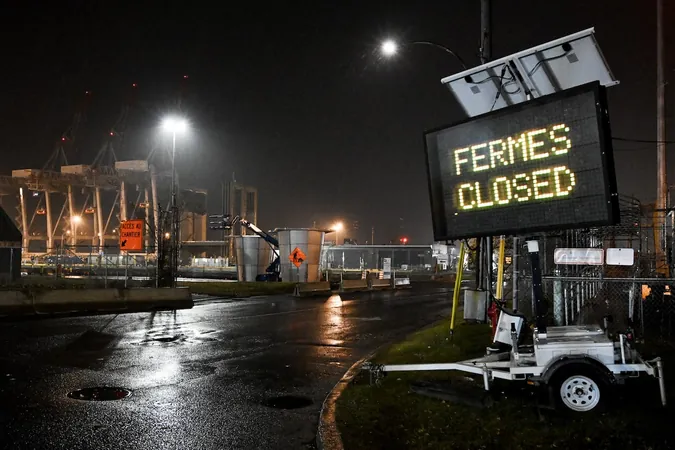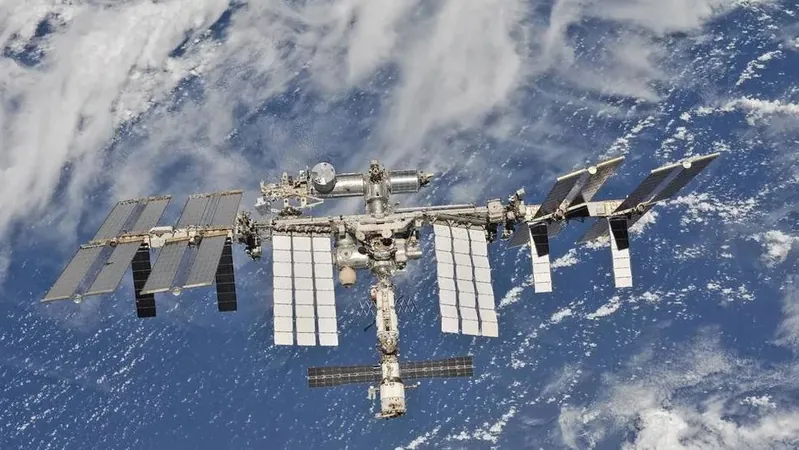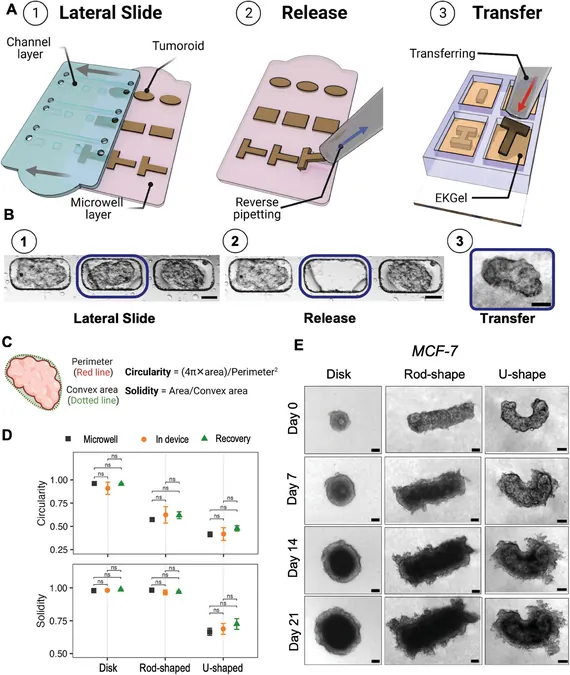
Moon Landing Hero: The Untold Story of Tom Bacon, the Fuel Cell Pioneer
2024-11-02
Author: Liam
Introduction
It has been nearly 70 years since Francis Thomas Bacon, an Essex-born engineer, revolutionized clean energy with his groundbreaking invention—the first functional hydrogen-oxygen fuel cell. This innovation was instrumental for NASA's Apollo 11 mission in 1969, a monumental leap that landed humankind on the moon and altered the trajectory of space exploration.
Bacon's Contributions to Apollo 11
Despite Bacon's monumental contributions often going unnoticed, his role in harnessing fuel cell technology has become increasingly relevant as the world pivots toward sustainable energy solutions. His fuel cells, affectionately dubbed “Bacon Cells” by NASA, provided critical secondary power during the Apollo missions. They generated electricity for vital systems like communications, air conditioning, and lighting, while simultaneously producing potable water for the astronauts.
The Innovative Nature of Bacon's Invention
In his own words, Bacon remarked on the innovative nature of his invention: “Normally, in the course of time, a battery runs down and you’ve got to recharge it... Now, [with] this device, as long as you go on feeding hydrogen and oxygen into it, and you remove the water formed, it will go on generating power indefinitely—and the astronauts drink the water.” Such a machine was a game-changer for space travel, especially in the unforgiving environment of outer space where reliability is paramount.
Presidential Acknowledgment
President Richard Nixon even acknowledged Bacon's contributions with the statement, "Without you, Tom, we wouldn’t have gotten to the moon.” This acknowledgment underscores the impact of his work, which continues to inspire modern scientists in fields like renewable energy, hydrogen production, and battery technology.
Bacon's Legacy in Contemporary Energy Research
Tom Bacon's pioneering spirit is mirrored in the ethos of contemporary energy researchers like Sam Stranks, a professor at Cambridge University, who lauds Bacon as a visionary ahead of his time. Stranks highlights how fuel cell technology remains relevant, offering solutions for a variety of applications, from emergency power in remote locations to the potential electrification of long-haul trucks and ships.
Early Life and Career
Bacon's scientific journey began in 1932, driven by a profound curiosity that led him to experiment with highly flammable gases while working at an engineering firm. Faced with opposition, he made the bold decision to quit his job and devote himself to solving the complexities surrounding fuel cells. His perseverance eventually paid off when NASA adopted his alkaline fuel cell for the Apollo program, backed by a significant US investment of $100 million.
Meeting the Apollo 11 Astronauts
Post-mission, the three Apollo 11 astronauts—Neil Armstrong, Buzz Aldrin, and Michael Collins—met with Bacon at Downing Street, bestowing upon him a signed photograph commemorating Armstrong’s historic moonwalk. Yet, despite his contributions, Bacon remained a humble figure, dedicated to problem-solving rather than seeking fame and recognition.
Conclusion: The Relevance of Bacon's Work Today
Today, as the world grapples with climate change and energy challenges, the relevance of Bacon's work becomes increasingly profound. Professors and researchers are optimistic that the principles of fuel cells could dramatically change everyday life, especially if sustainable hydrogen generation and storage are achieved. It may take decades for his complete legacy to be fully appreciated, but Tom Bacon’s contributions to energy innovation and space exploration are finally receiving the recognition they deserve. Stay tuned, because the future of clean energy just might be bound to an unsung hero from the past!









 Brasil (PT)
Brasil (PT)
 Canada (EN)
Canada (EN)
 Chile (ES)
Chile (ES)
 España (ES)
España (ES)
 France (FR)
France (FR)
 Hong Kong (EN)
Hong Kong (EN)
 Italia (IT)
Italia (IT)
 日本 (JA)
日本 (JA)
 Magyarország (HU)
Magyarország (HU)
 Norge (NO)
Norge (NO)
 Polska (PL)
Polska (PL)
 Schweiz (DE)
Schweiz (DE)
 Singapore (EN)
Singapore (EN)
 Sverige (SV)
Sverige (SV)
 Suomi (FI)
Suomi (FI)
 Türkiye (TR)
Türkiye (TR)